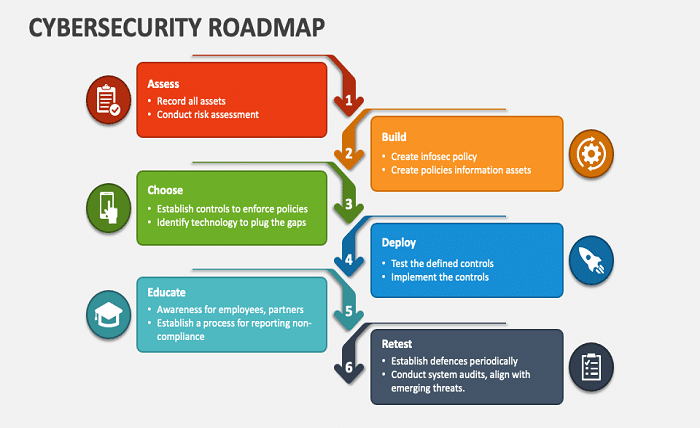Introduction
The Lagrange Error Bound is a pivotal concept in numerical analysis and calculus, providing a way to estimate the error when approximating functions using polynomials. Understanding this concept is essential for anyone delving into advanced mathematics, as it bridges the gap between theoretical mathematics and practical applications. This comprehensive guide will explore the definition, derivation, applications, and significance of the Lagrange Error Bound in detail.
What is Lagrange Error Bound?
The Lagrange Error Bound is a method used to determine the maximum possible error in the approximation of a function by a polynomial. Specifically, it is used in the context of Taylor and Maclaurin series to estimate the remainder or error term when truncating the series. By understanding the Lagrange Error Bound, mathematicians and scientists can better gauge the accuracy of their polynomial approximations.
Historical Background
The concept of the Lagrange Error Bound was introduced by Joseph-Louis Lagrange, an influential 18th-century mathematician. His work laid the foundation for many areas of modern mathematical analysis, and the error bound theorem remains a testament to his contributions. The development of the Lagrange Error Bound was a significant milestone in the quest to quantify the precision of polynomial approximations.
Mathematical Definition
Mathematically, the Lagrange Error Bound is defined for a function f(x)f(x) approximated by its Taylor series at a point aa. If Pn(x)P_n(x) is the nn-th degree Taylor polynomial, the error bound Rn(x)R_n(x) is given by: Rn(x)=f(n+1)(z)(n+1)!(x−a)n+1R_n(x) = \frac{f^{(n+1)}(z)}{(n+1)!}(x-a)^{n+1} where zz is some point between aa and xx. This formula provides a precise upper bound for the error in the approximation.
Derivation of Lagrange Error Bound
The derivation of the Lagrange Error Bound involves advanced calculus techniques. Starting with the Taylor series expansion of a function f(x)f(x), one derives the remainder term by examining the behavior of higher-order derivatives. The Lagrange form of the remainder is particularly useful because it directly incorporates the (n+1)(n+1)-th derivative, providing a clear estimate of the error.
Applications in Numerical Analysis
In numerical analysis, the Lagrange Error Bound is essential for ensuring the accuracy of polynomial approximations. It is widely used in various algorithms and methods, such as numerical integration and differential equation solving. By applying the Lagrange Error Bound, analysts can set bounds on errors and enhance the reliability of their computational results.
Significance in Taylor and Maclaurin Series
The Lagrange Error Bound plays a crucial role in Taylor and Maclaurin series by providing a measure of the error introduced when truncating the series. This is particularly important when dealing with functions that are difficult to approximate accurately. The error bound helps in selecting the appropriate degree of the polynomial to achieve the desired precision.
Practical Examples
To illustrate the Lagrange Error Bound, consider the function f(x)=exf(x) = e^x. When approximating exe^x around x=0x = 0 using the Maclaurin series, the error bound can be used to estimate the error after truncating the series at a specific term. By calculating the derivatives and applying the error bound formula, one can determine the maximum error for a given approximation.
Limitations and Challenges
Despite its usefulness, the Lagrange Error Bound has limitations. One of the primary challenges is determining the exact value of zz, which lies between aa and xx. In practice, this often requires additional approximations or assumptions. Furthermore, the bound can sometimes be overly conservative, providing an error estimate that is larger than necessary.
Extensions and Generalizations
The concept of error bounds extends beyond the Lagrange form. Other methods, such as the Cauchy and integral forms of the remainder, offer alternative ways to estimate errors in polynomial approximations. These generalizations provide additional tools for analysts to assess the accuracy of their computations in various contexts.
Importance in Mathematical Education
Understanding the Lagrange Error Bound is crucial for students of mathematics and related fields. It provides a deeper insight into the behavior of polynomial approximations and the importance of error estimation. By mastering this concept, students can better appreciate the precision and limitations of mathematical models and algorithms.
Conclusion
The Lagrange Error Bound is a foundational concept in numerical analysis and calculus, offering a robust method for estimating errors in polynomial approximations. Its significance in Taylor and Maclaurin series, coupled with its practical applications, makes it an indispensable tool for mathematicians and scientists. Despite its challenges, the Lagrange Error Bound continues to be a vital part of mathematical education and research, ensuring the accuracy and reliability of computational results.
FAQs
1. What is the main purpose of the Lagrange Error Bound?
The main purpose of the Lagrange Error Bound is to estimate the maximum possible error when approximating a function with a polynomial, particularly in the context of Taylor and Maclaurin series.
2. How is the Lagrange Error Bound derived?
The Lagrange Error Bound is derived using advanced calculus techniques, starting from the Taylor series expansion of a function and examining the remainder term involving higher-order derivatives.
3. Why is the Lagrange Error Bound important in numerical analysis?
In numerical analysis, the Lagrange Error Bound ensures the accuracy of polynomial approximations, helping analysts to set bounds on errors and enhance the reliability of computational results.
4. Can the Lagrange Error Bound be used for all functions?
The Lagrange Error Bound can be applied to many functions, but its effectiveness depends on the differentiability and behavior of the function’s higher-order derivatives.
5. What are some limitations of the Lagrange Error Bound?
One limitation is the difficulty in determining the exact value of zz between aa and xx. Additionally, the error bound can sometimes be overly conservative, providing a larger estimate than necessary.





